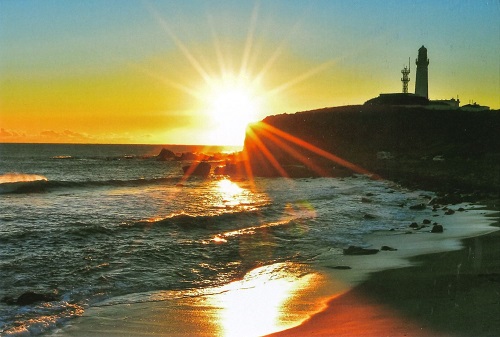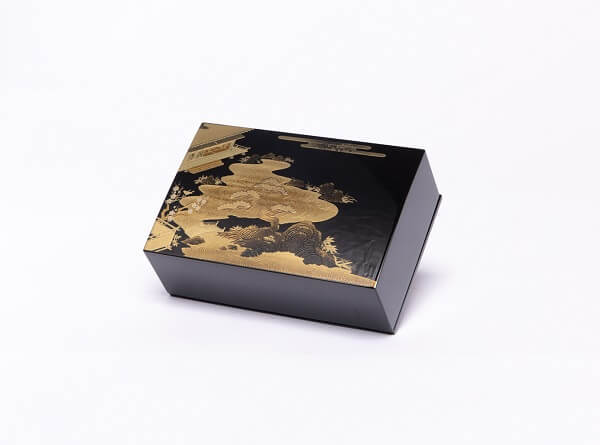
Ryukyuan Lacquerware
Updated at 2022-04-17
Lacquer culture originated in Ryukyu as early as the 14th or 15th century, when the island began trading with China. The island not only grew lacquer trees, but it also had green turbans required for the raden technique. The tropical environment of Ryukyu also made the island uniquely suited for producing lacquerware. Ryukyuan lacquerware became the designated lacquerware used by the imperial family and a tribute to China. After becoming Japanese territory, the Japanese government continued to value Ryukyuan lacquerware, even designating it a national traditional handicraft.
Language: Japanese
Area: 2,280 square kilometers
Population: Approx. 1,470,000 people
Main Industries/Features: Tourism is the driving force of Okinawa’s economy, followed by agriculture, which centers on sugarcane, pineapples, mangoes, bitter gourds, and sweet potatoes and supports related industries such as sugar refining and awamori brewing. Rich marine resources, including sea grapes, are also highly prized. The prefecture preserves cultural traditions in textiles, pottery, and lacquerware.
相關藏品

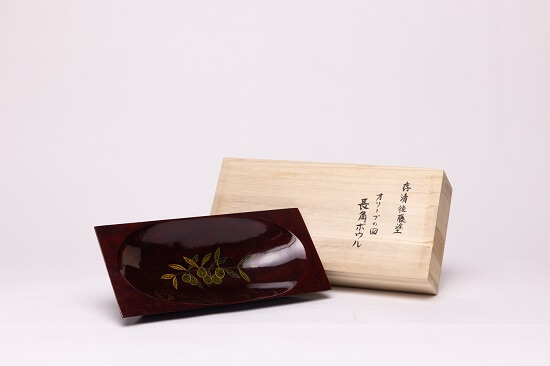
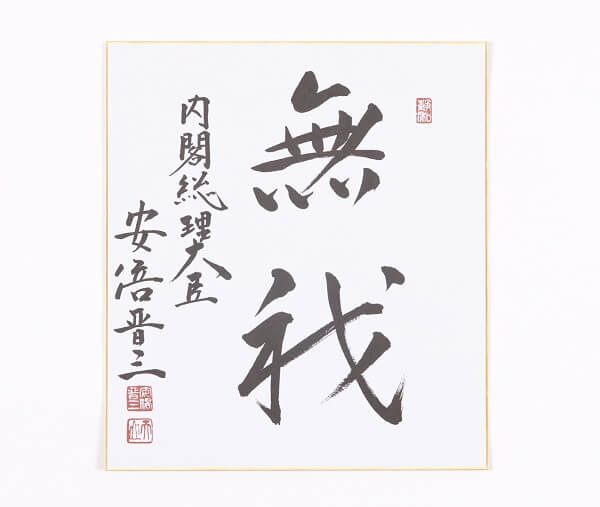
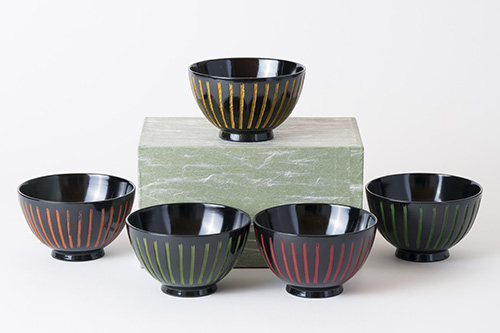
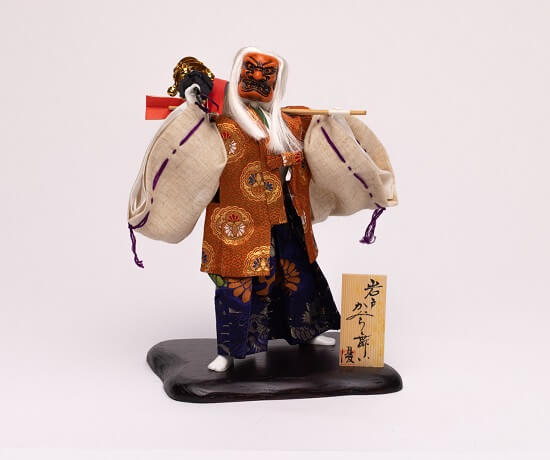
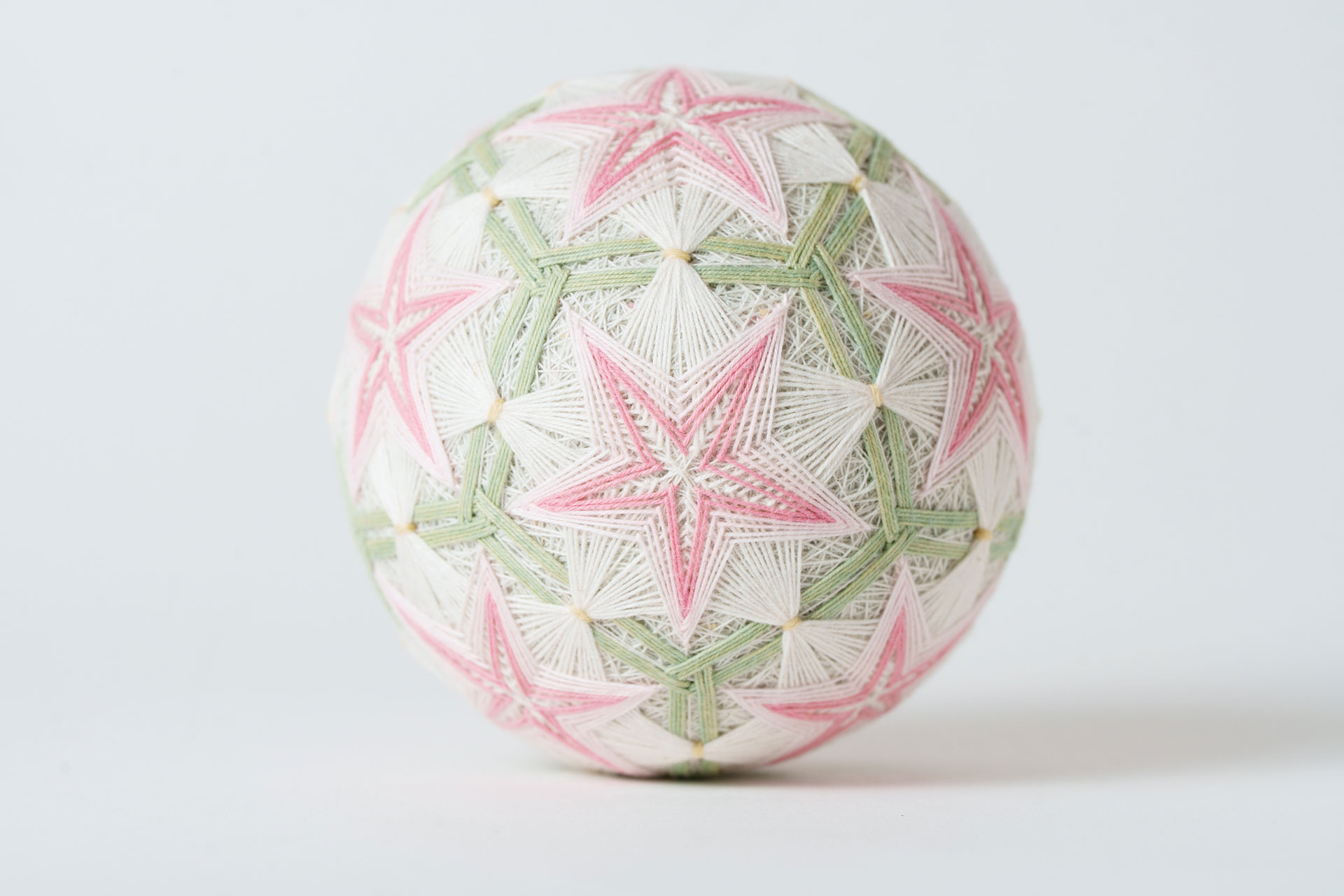
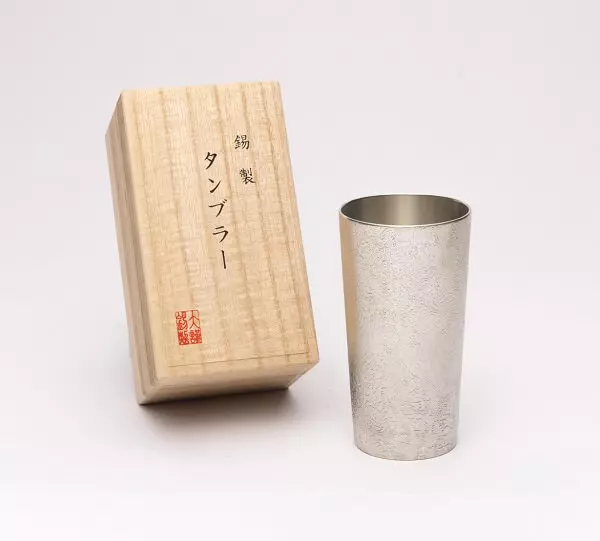
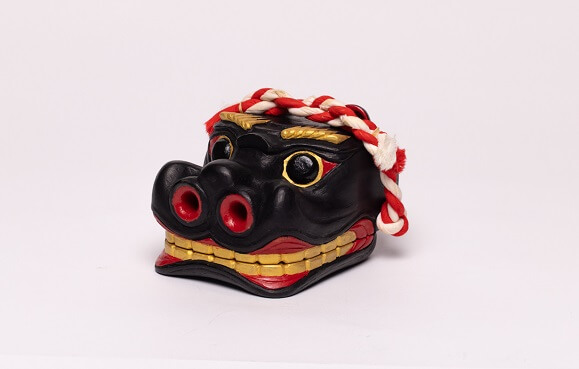
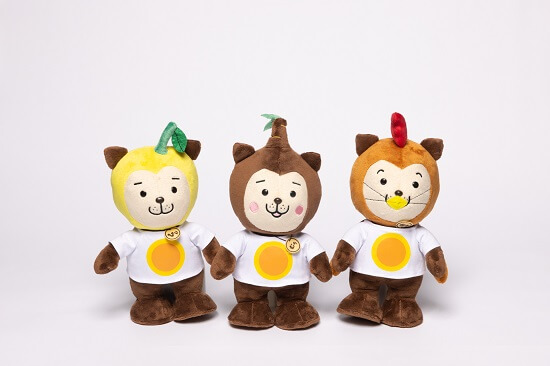
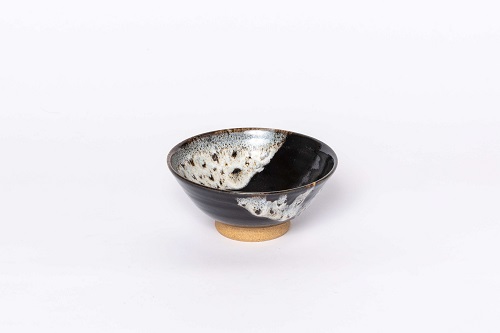
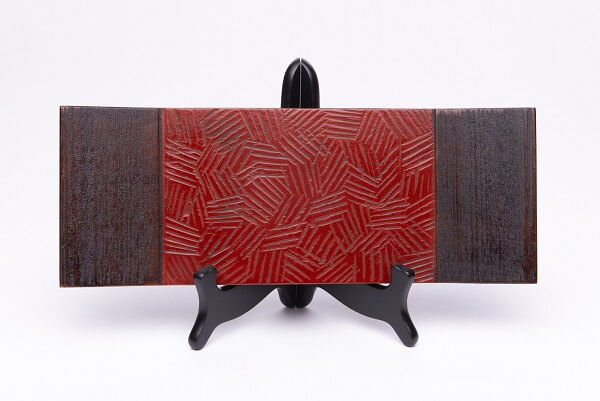
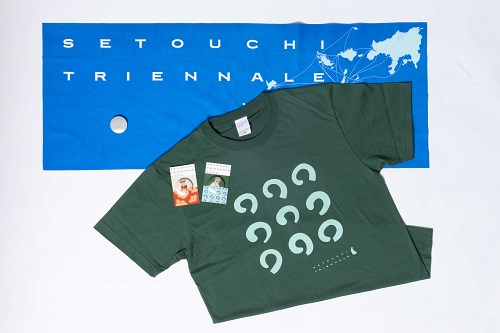
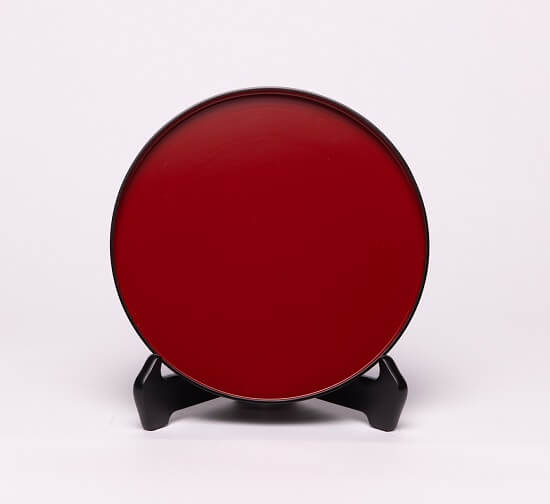
.JPG)
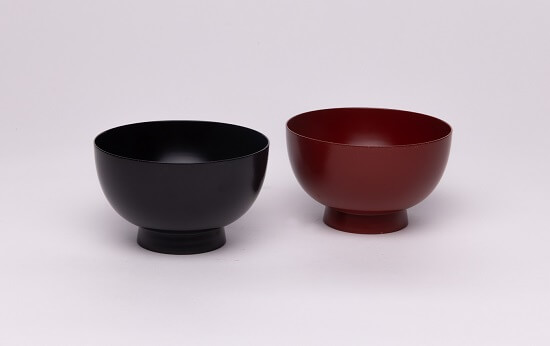
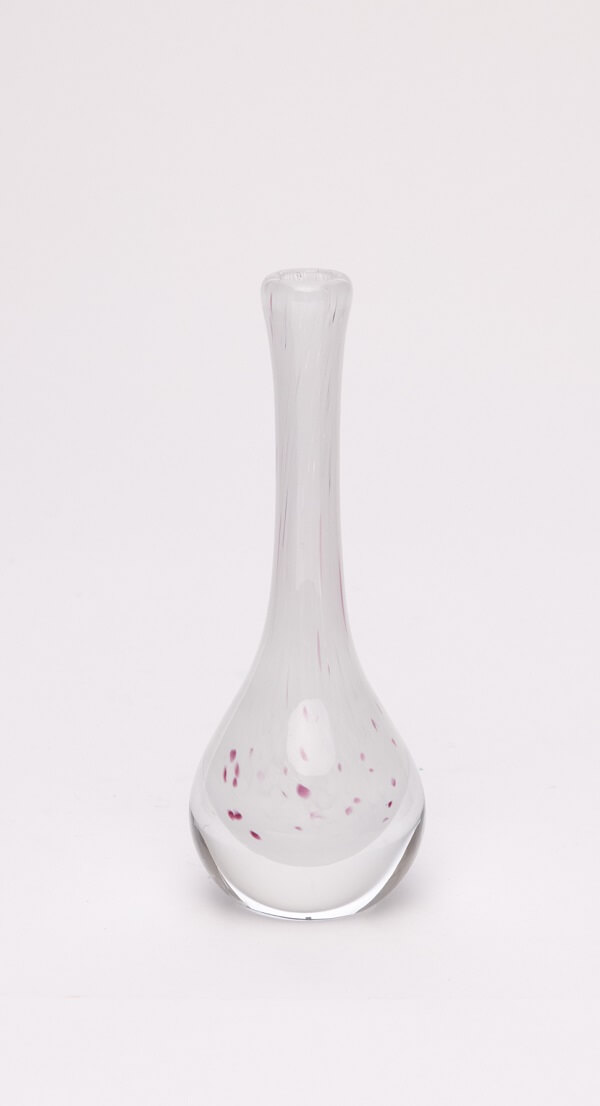
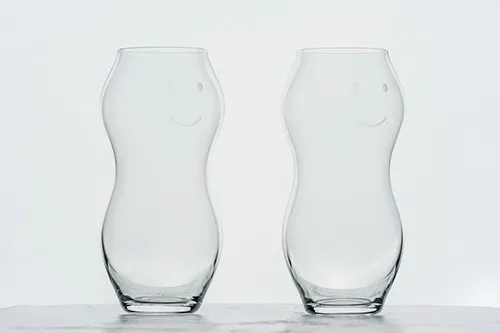
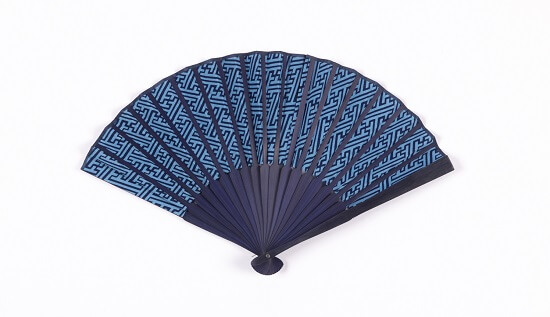
.JPG)
